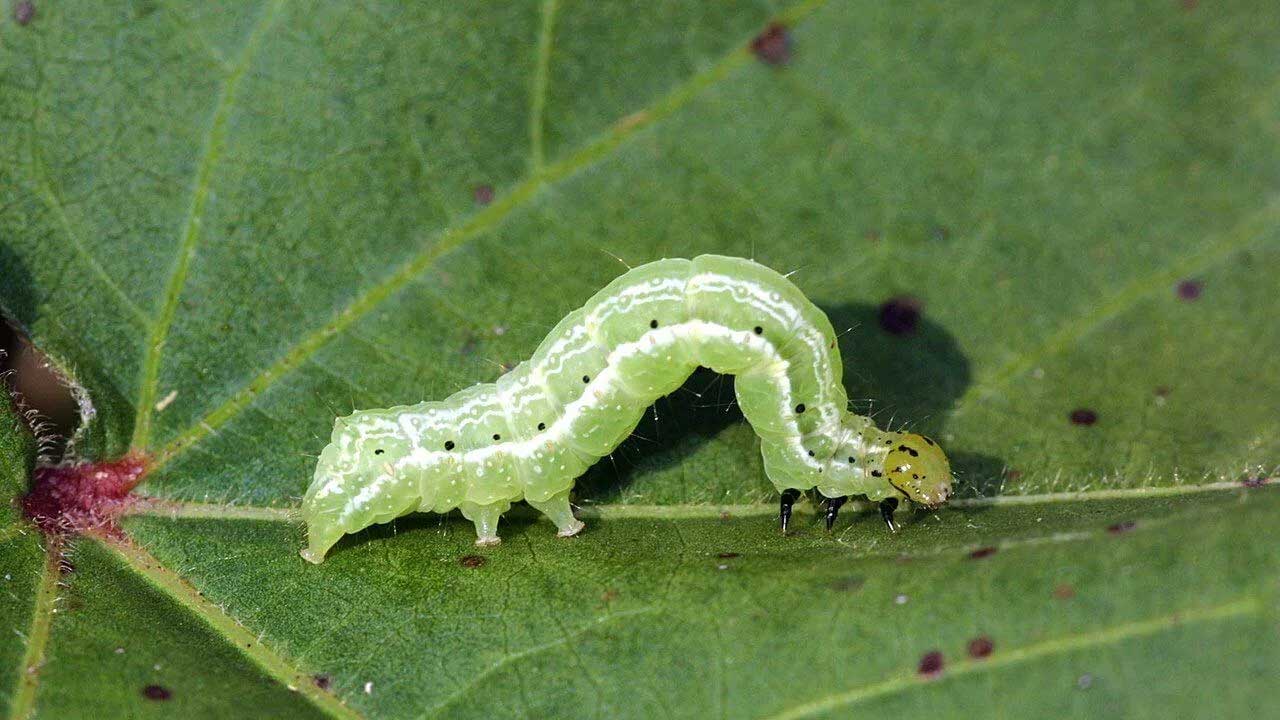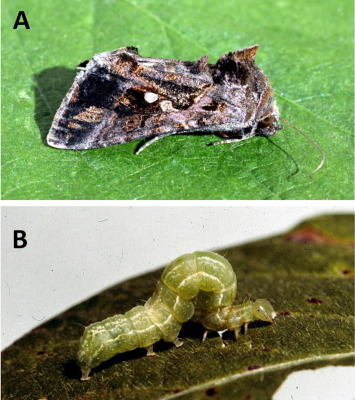

Semi-loopers are common pests that can cause significant damage to soybean crops. However, with proper monitoring and treatment, farmers can minimize the impact of semi-loopers on their yields. Here is a step-by-step guide on how to treat semi-looper in soybean:
- Identify the pest: Semi-loopers typically have greenish/yellowish larvae that taper towards the front of their body. They also bend their bodies in a semi-loop while walking. Look for signs of damage on the leaves, such as large holes or missing sections. The moth of the semi-looper has a yellow area on each forewing.
- Monitor the crop: During growth, visit the crop frequently and regularly, ideally twice a week, to check if there are caterpillars attacking the leaves and buds. Look for faeces on the leaves, which is a sign that caterpillars are present.
- Determine action threshold: Soybean can tolerate a significant amount of foliar damage before it affects yield, so it’s important to determine the action threshold. If the number of larvae is below the threshold, it may not be necessary to apply insecticide.
- Consider natural enemies: Semi-loopers have natural enemies, such as spiders, parasitic wasps, entomogenous fungi, and a naturally occurring virus. These should be encouraged as they can help control the pest population.
- Use insecticides: If the larvae numbers are high and above the action threshold, consider using an insecticide. Cropserve offers a variety of pesticides for semi-looper control, such as INDOX 15 SC, PROVE 1.9 EC, HURRICANE 500 WDG, ATTITUDE 80 SC, METROPOLITAN 134 SC, or AIKO SC. These should be sprayed in combination with a routine fungicide spray.
- Follow instructions: When using insecticides, it’s essential to follow the instructions carefully to ensure safety and effectiveness. Apply the recommended amount and frequency, and take precautions to prevent exposure to yourself and other living organisms.
By following these steps, farmers can effectively treat semi-looper in soybean crops and reduce the risk of yield loss.
Resources:


















